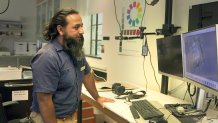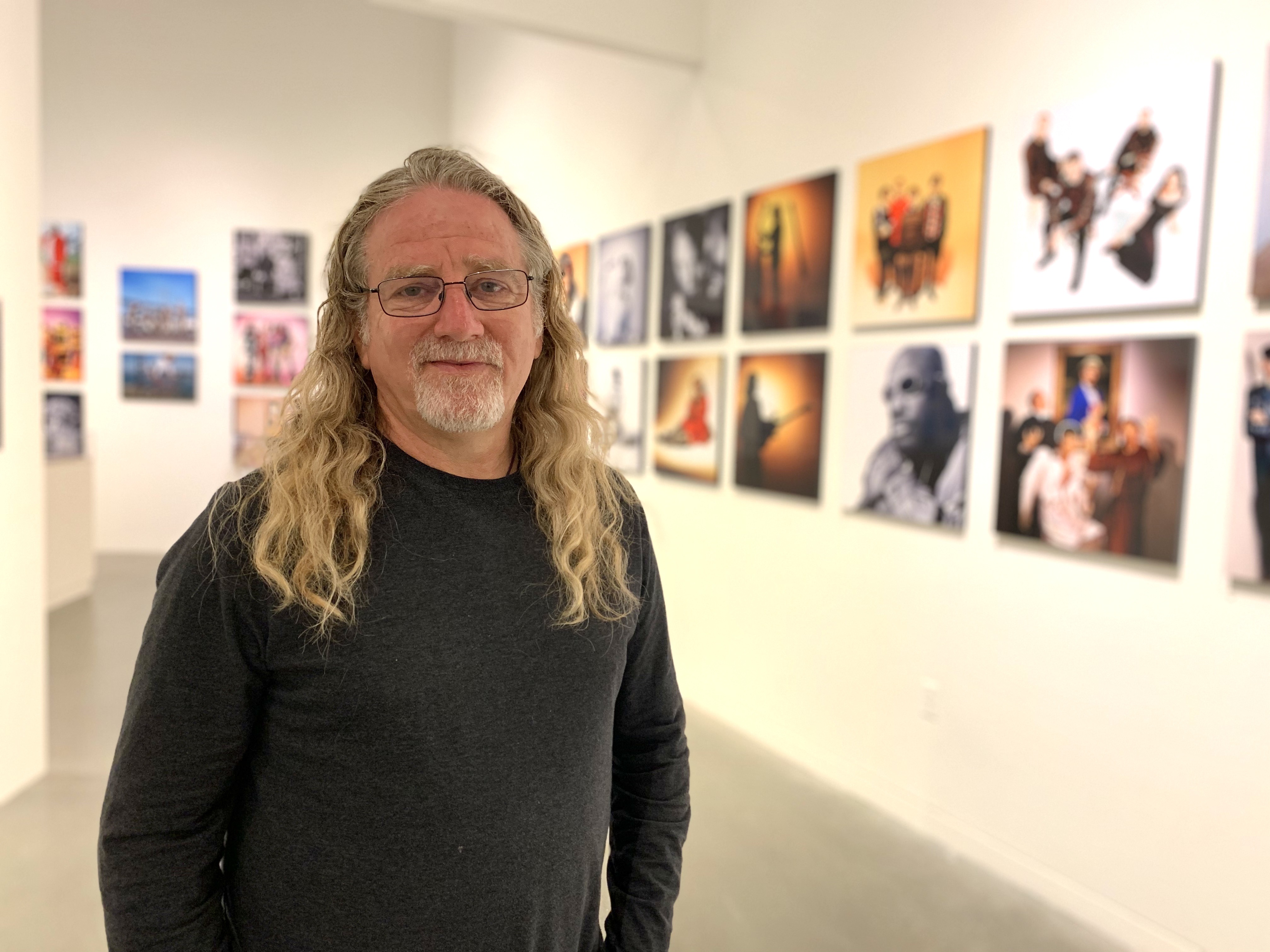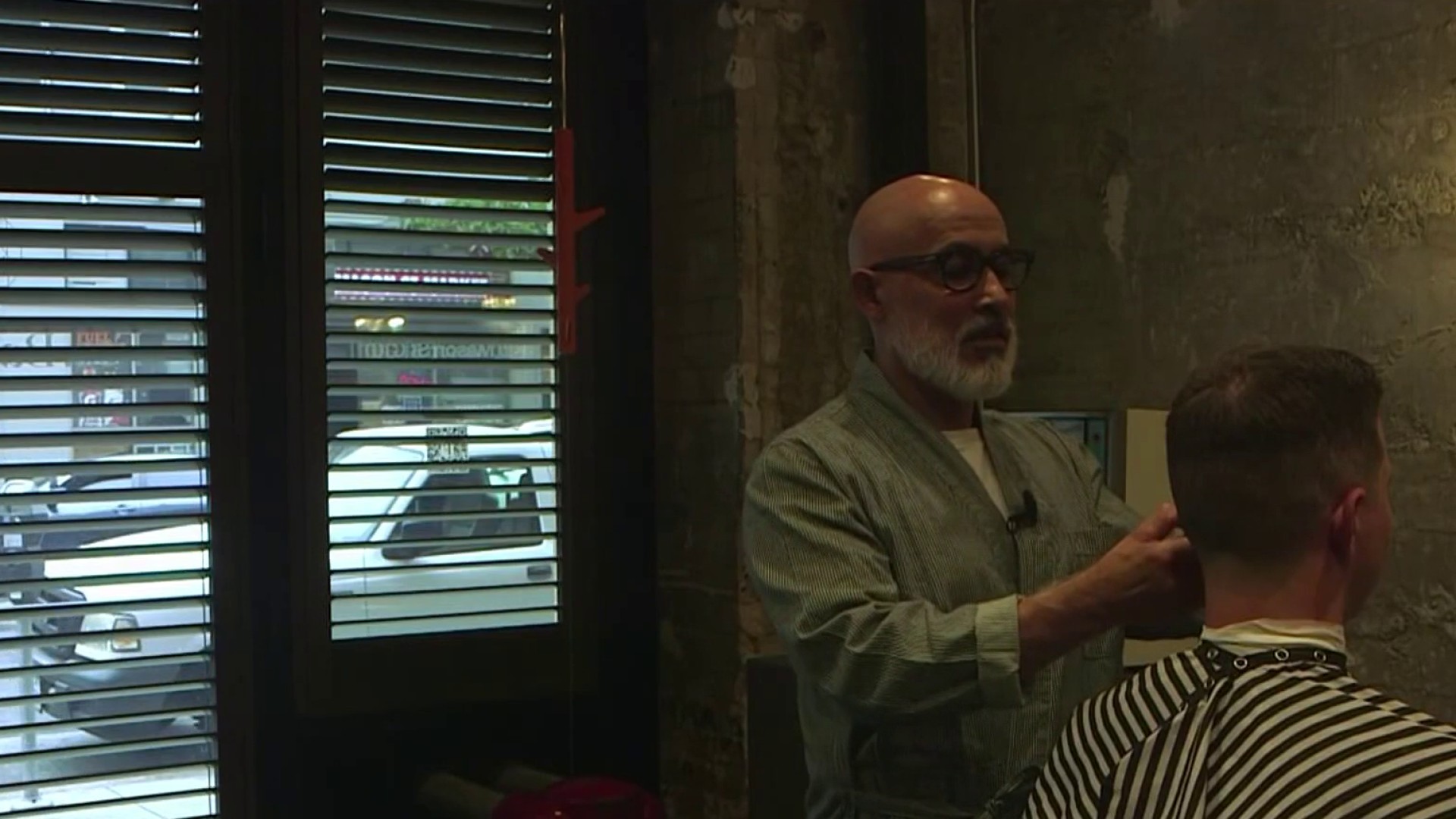As the habitual fog coasted through the Golden Gate Strait, seeming to erect a gray wall against the San Francisco’s Presidio, archaeologist Edward De Haro sifted through a batch of rock and soil, seeking artifacts buried in the fog of time.
For more than a decade, De Haro and the Presidio’s team of archaeologists have dug into the grounds of the former military base, seeking to uncover the walls and footprint of the original Spanish fortress built around 1776. The work has yielded original adobe walls, the remains of a brick chimney that likely toppled in the 1906 earthquake, bits of pottery and metal.
“It’s very exciting to excavate here because this is where San Francisco started,” said De Haro. “This is San Francisco.”
De Haro grew up as a lover of history, but it would take a leapfrog through two other careers before he finally landed on his true passion of archaeology. His original plan of becoming an animator veered into a temporary job in tech that lasted seven years.
“During that time I realized that my lifelong love of history was still there,” De Haro said, sitting in a laboratory surrounded by animal bones, books and bits of artifacts rescued from the Presidio soil. “In that process I found archaeology and realized that’s more what I wanted to do.”
De Haro’s specialty is identifying animal bones, of which there are plenty buried in the Presidio’s past. In the recent work to transition the Battery Bluffs into a new public park, the team uncovered cow bones from the days when either the Spanish or the U.S. Military raised cattle there. The bones are just more clues toward the same waypoint of understanding what life was like in the early times.
“So whenever I find a cow bone or a horse bone or even a bird bone,” De Haro said, “I get excited because that shows me life — shows me how people were interacting with the animals in the area.”
De Haro has viewed the old ways of living through more than just the lens of his work - as a child his family moved to Mexico for several years and took up residence in a small town. De Haro lived in an adobe house with dirt roads meandering through town where he rode horses and ran through the dust — something akin to what life would’ve been like in the Presidio before the U.S. Army took over in 1847. A child of immigrant parents who labored in Napa’s wine country, he was soaked in the rich brine of his parent’s new world aspirations.
“Like any other immigrant family they sacrificed a lot for their kids,” De Haro said, “and allowed us to pursue our dreams.”
Get a weekly recap of the latest San Francisco Bay Area housing news. Sign up for NBC Bay Area’s Housing Deconstructed newsletter.

Back at the lab, De Haro and fellow archaeologist Georgie DeAntoni dumped a bucket of soil carried from a dig site onto a metal screen which they doused with a hose. The loose dirt seeped through the screen leaving mystery chunks behind, which the pair sorted into groupings of rock, metal, ceramics, glass and animal bones. Over time, the small chunks have created a theoretical mosaic of how San Francisco’s first non-native inhabitants lived.
To De Haro, the archaeological work being carried out in the Presidio is as important as discoveries in Rome, Greece or Egypt. What is emerging in his own backyard is purely a California story, rooted in the meanderings of adventurers and occupiers and seekers.
“History is always changing, we’re always discovering new things,” De Haro said. “I want to be the person who found the new thing that changed how we saw history — to me that’s archaeology.”
De Haro admits that as a kid, he didn’t fully grasp how much history had played out in what would become California, long before gold fever turned San Francisco into a bustling metropolis almost overnight. As the father of a young son, he now hopes to inspire others to dig into the Presidio’s history, to grapple with its stories and lessons, and imagine lives lived inside adobe walls and along slopes where the fog regularly swallows the bay view at whim.
“I’m not writing the history,” De Haro said. “I’m exposing the history that’s here — I’m exposing other people’s lives.”



